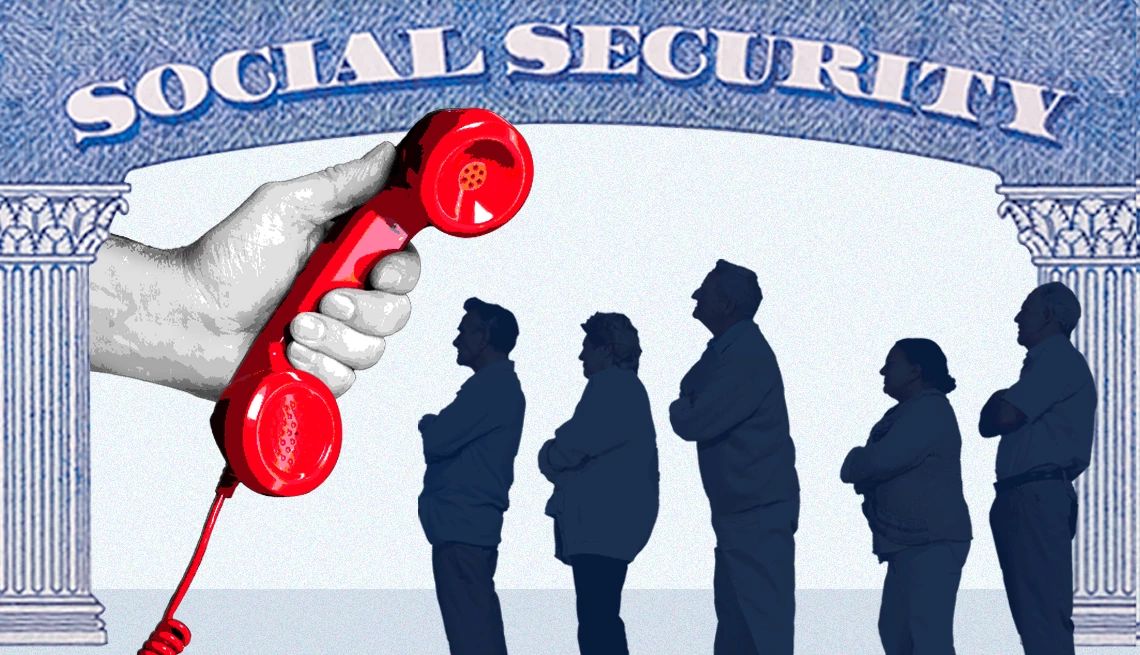
Social security struggles to improve customer service
- Select a language for the TTS:
- UK English Female
- UK English Male
- US English Female
- US English Male
- Australian Female
- Australian Male
- Language selected: (auto detect) - EN
Play all audios:

That pot shrunk by 17 percent from 2010 to 2023, accounting for inflation, while the number of Social Security beneficiaries grew by 22 percent, according to the Center on Budget and Policy
Priorities, a nonpartisan Washington, D.C., think tank. For the 2023 fiscal year, Congress boosted the agency’s budget by about 6 percent, to $14.1 billion, but the SSA said the additional
dollars mostly went to fixed increases in costs for wages, office rents and other operational expenses. Still, the agency was able to begin digging out from pandemic-era staffing lows,
O’Malley said, adding about 3,000 workers and laying the groundwork to improve services. But that modest progress was interrupted as lawmakers struggled this year to reach a budget deal,
keeping the government running with a series of last-minute, short-term spending bills but “paralyzing agencies like SSA who need to hire staff and make long-term investments for the
future,” AARP’s Sweeney said. The fiscal uncertainty “set the agency back substantially,” says Jack Smalligan, a senior policy fellow in the Income and Benefits Policy Center at the Urban
Institute. “As the hiring freeze continued and turnover occurred and staffing shrunk, performance eroded. We’ve lost an awful lot of the gains that SSA achieved in 2023.” 8.5 PERCENT BUDGET
INCREASE PROPOSED When Congress finally adopted a 2024 budget in late March, it included $14.2 billion for SSA operations, a $100 million (0.7 percent) increase. “It’s a little bit of help,
and we need help,” O’Malley told the House panel. “It’s a lot better than a cut, and I know cuts were on the table.” O’Malley said the SSA would use those funds for “immediate targeted
hiring,” focusing on the teleservice centers that handle calls to the agency’s 800 number (and currently have a 24 percent staff attrition rate, he said) and the severely understaffed
state-level offices that process applications for disability benefits. President Joe Biden’s fiscal 2025 budget proposal includes a $15.4 billion operating budget for the SSA, an 8.5 percent
increase that O’Malley called critical to helping the agency realize customer service goals, such as reducing phone hold times to 12 minutes on average and processing 185,000 more
disability claims than it will process this year. “We think that would start righting the ship,” says Sherry Jackson, second vice president of the American Federation of Government Employees
Council 220, the union representing about 26,500 SSA field offices and teleservice workers. “We also feel strongly that those funds need to be earmarked specifically for staffing and
training,” and for updating aging information technology, she says. “The employees want to do the work, but we need the tools necessary to do it.”
